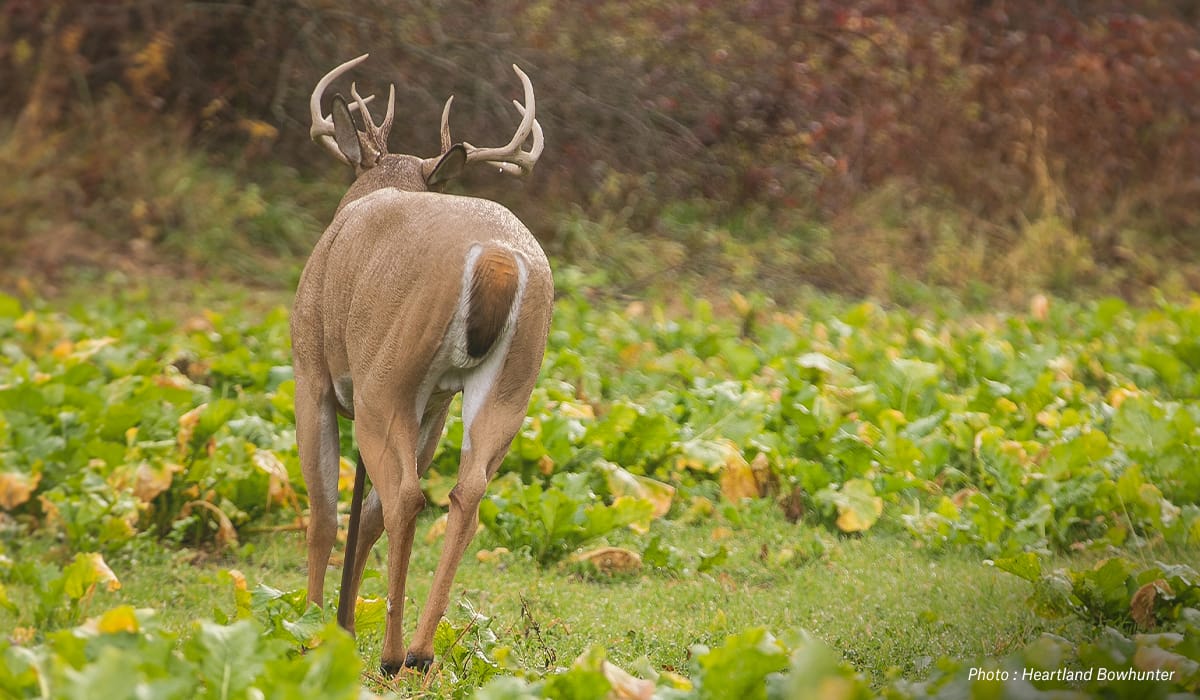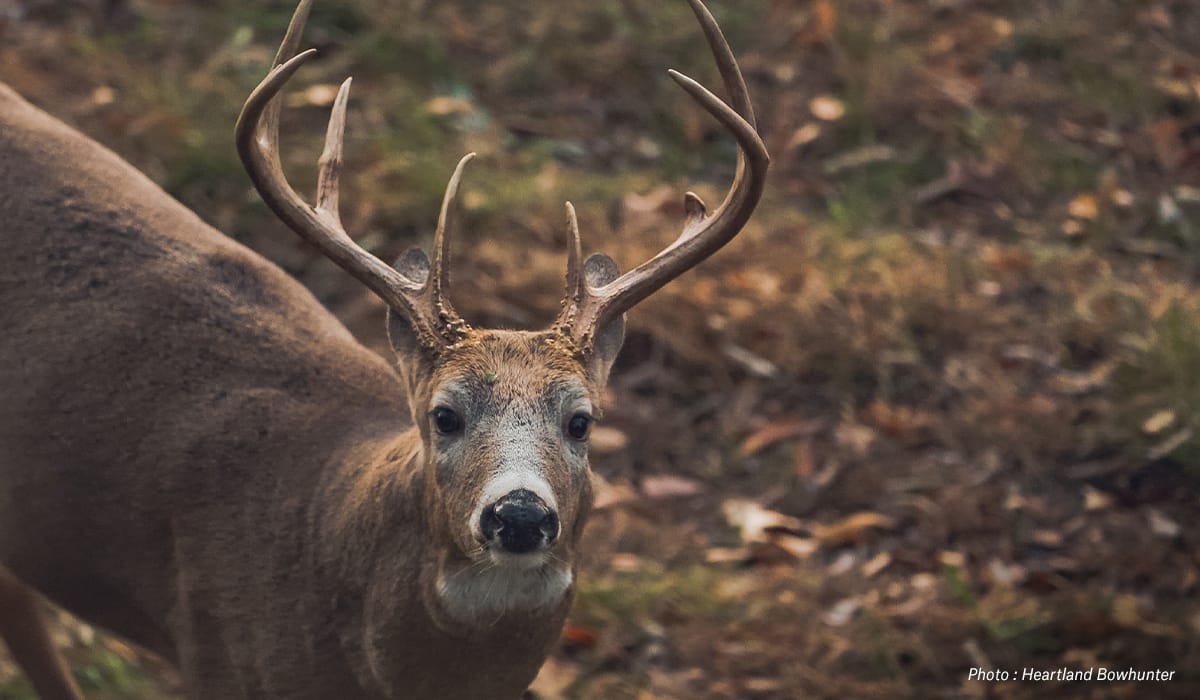A Deer’s Changing Diet
It’s fall, and the protein-rich diets deer have been eating all summer are waning, giving way to fatty, digestible hard mast. As deer hunting seasons have already begun in some states and many more opening later in the month of October, we are looking closely at the deer’s fall diet and how you can use it for a better chance at hunting success.
A Deer’s Fall Food Sources
“It’s not really that deer switch their diet preferences,” says author and University of Tennessee Professor of Wildlife Management Dr. Craig Harper. “I think it’s simply that deer respond with regard to what is available. Through spring and summer they’re eating plants that provide the nutrients they require for body growth and function. Those plants have matured by late summer and are much less digestible. Now the mast crops, acorns primarily or beechnuts to a lesser extent, have begun to fall and deer are just moving on to other nutritious and highly digestible foods as they occur.”
Deer are concentrate selectors. They are not browsers, like goats, nor are they grazers like cattle. They are not even intermediate feeders like elk are. As a concentrate selector, which is between a browser and an intermediate feeder, deer concentrate their feeding on specific plants and plant parts. In layman’s terms, deer are picky eaters. They’ll feed heavily on what they like and ignore what they don’t like.

In the Southeast, they have been known to eat over 400 different species of plants. However, the majority of a deer’s diet comes from a relatively small number of forages. In one study, though a deer consumed over 140 plant species, about one-third of those species accounted for 93 percent of its overall diet.
And considering deer have to eat a lot of food just to survive, when they find quality food sources, they’ll stick with them until they’re nearly depleted. According to Penn State, a deer requires six to eight percent of its body weight in forage every day, so for a 150-pound deer that’s 12 pounds of food in a day.
In fall, it appears that deer are changing their diet because it’s the one season out of four that deer are eating less browse and forbs and more mast. Browse and forbs are the most important nutritional forage for deer, accounting for 80% of their diet in all months, except autumn. That’s when they switch to mast. The percentage of a deer’s diet in mast jumps from 11% in summer months (mostly in the form of berries) to as much as 28% of the total diet (in the form of hard mast, like acorns).
If oak trees are in the area, both white oak and red oak, they are going to be prime fall food sources for whitetail deer. “Acorns are high in fat and highly digestible,” says Dr. Harper, “so that’s a very attractive food source for deer.”

Fall Hunting Strategy
It would be nice to say that if you just go seek oak trees you’ll find all the deer in the area, but unfortunately it can’t be that easy. For instance, in western Kansas, eastern Colorado, and south Texas, deer don’t switch to eating acorns because there are no oak trees.
Even in the eastern U.S., where there are oaks, those trees might not be producing much mast. “There are years when oak availability is very low to none,” says Dr. Harper. “On average, we get about two good acorn production years out of five, and those three out of five years it’s marginal to minimal, so other foods are also important.”
“The number one ‘other’ food for deer is browse,” says Dr. Harper. “The leaves and twig ends of woody species, as well as whatever forbs are available at that time. Deer will readily consume food plot crops and agricultural crops that have not yet been harvested.”
But deer are particular about their foods. They will always start by browsing their preferred, palatable food sources. Only if those sources are depleted will deer start eating less digestible plants, which can include beech brush, maple, black birch, black cherry, mountain laurel, ferns, and invasive exotic plants.
The fall hunting strategy is to find hard mast, especially acorns, but among the white oak and red oak trees, you can hone in on white oaks first, as Dr. Harper explains. “Different oak species drop their acorns at different times, from September to late November. Acorns from white oak species are typically eaten first, but red oak acorns are higher in tannin content so they persist longer on the forest floor. And because they don’t germinate until the following spring they are available to deer for a much longer time. Keying in on when specific trees are dropping can be very important to your hunting success.”